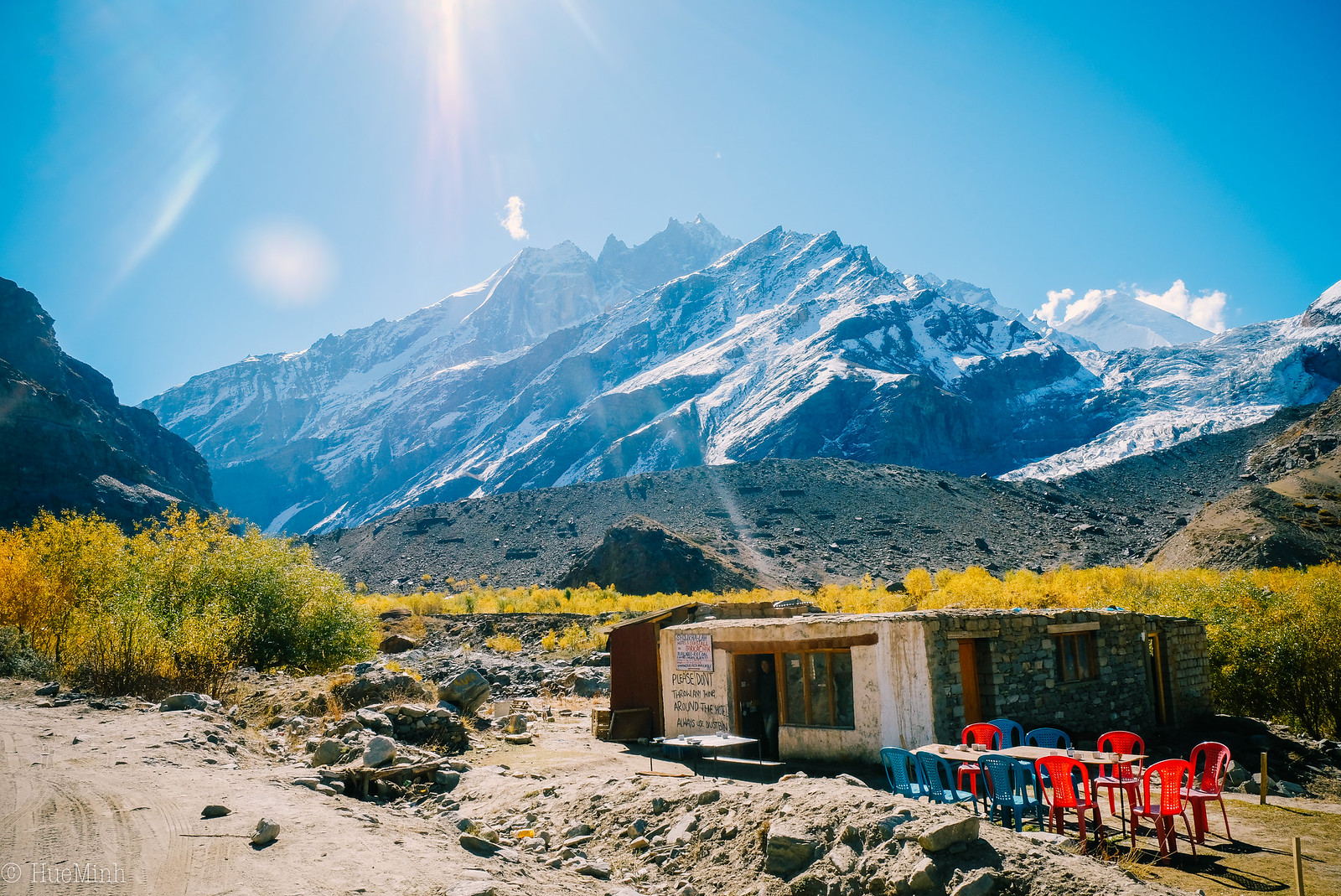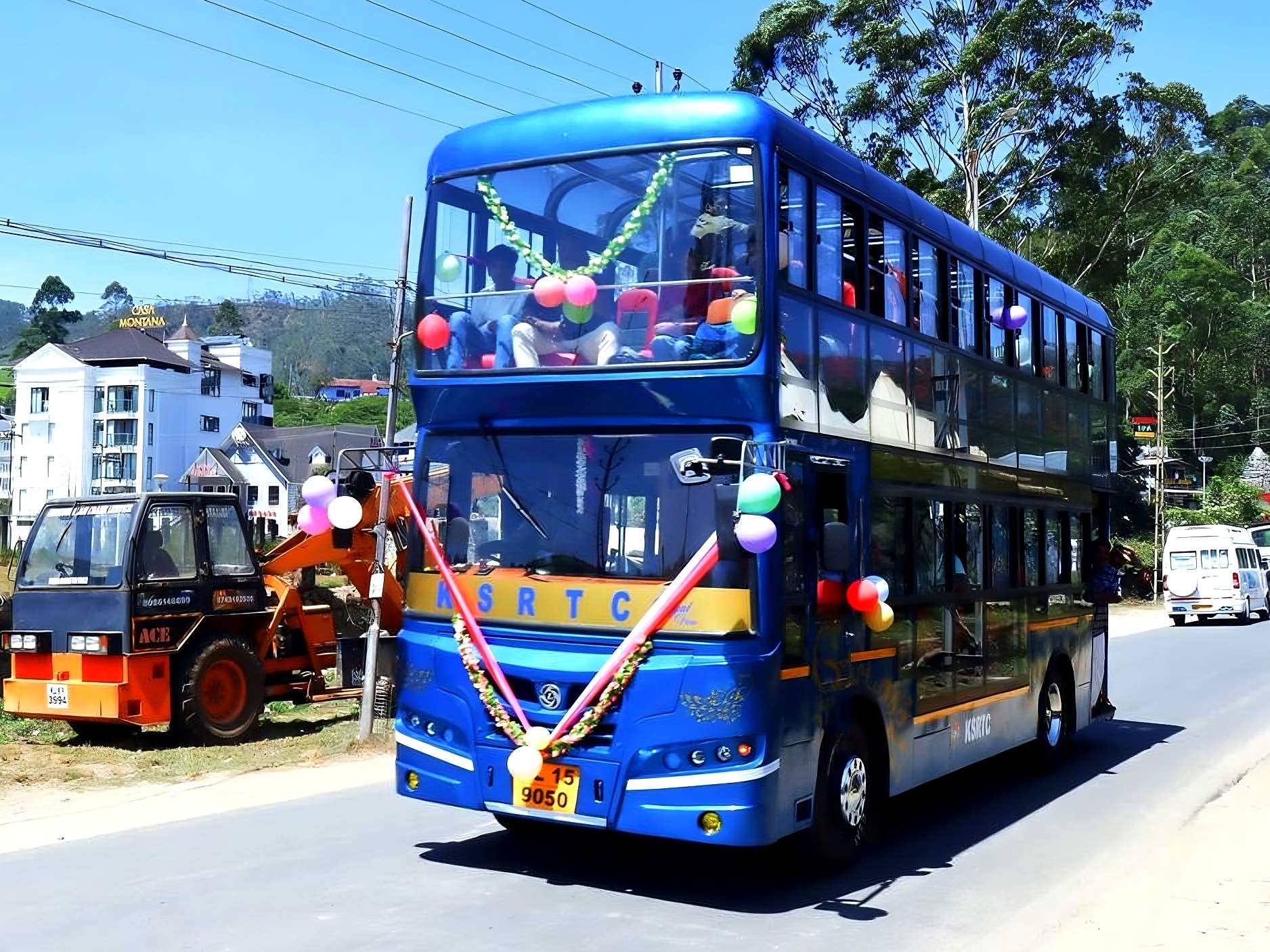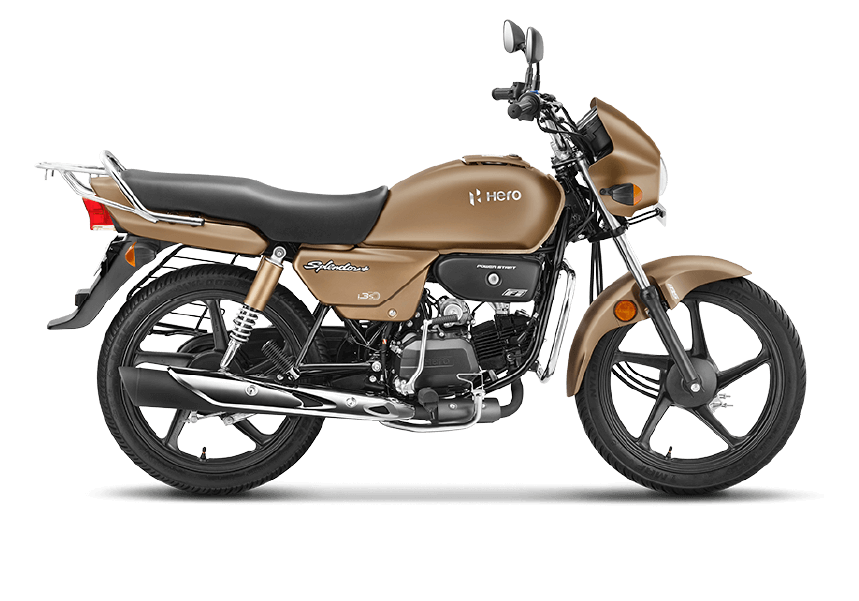Ladakh’s name has evolved through the ages, reflecting its rich history and diverse influences:
- Tibetan origin: “La-dvags” or “La-dwa” translates to “land of high passes” in Tibetan, reflecting the region’s mountainous terrain.
- Medieval Period: Mentioned as “Ladak” in Kashmiri chronicles and “Little Tibet” by Europeans.
- Modern Era: Officially known as the Union Territory of Ladakh after being separated from Jammu and Kashmir in 2019.
2. Famous Things:
Ladakh’s breathtaking beauty and unique culture draw visitors from around the world:
- Monasteries: Majestic Buddhist monasteries like Hemis Gompa, Spituk Gompa, and Thiksey Gompa stand as cultural and architectural marvels, offering stunning views and serene spiritual experiences.
- High Mountain Passes: Adventurous souls tackle challenging passes like Khardung La, the world’s highest motorable pass, and Chang La, offering breathtaking panoramas and a true test of endurance.
- Scenic Landscapes: From stark deserts and rugged mountains to turquoise lakes and vibrant valleys, Ladakh’s diverse landscape offers unforgettable vistas.
- Adventure Activities: Trekking, mountain biking, white-water rafting, camping, and camel safaris provide thrills for diverse interests.
- Buddhist Culture: Immerse yourself in the vibrant Tibetan Buddhist culture through prayer flags fluttering in the wind, vibrant festivals, and the peaceful monks’ chants.
3. Geographical Landscape and Nearby States:
Ladakh boasts a unique geography and shares borders with several states:
- Location: Nestled in the northern part of India, bordering the Himalayas and Karakoram ranges.
- Landscape: High-altitude desert with rugged mountains, glaciers, valleys, and stunning lakes.
- Nearby States:
- Jammu and Kashmir: Shares its southern border with Ladakh.
- Himachal Pradesh: Lies southwest of Ladakh.
- Uttarakhand: Borders Ladakh to the southeast.
- Tibet Autonomous Region (China): Forms the eastern border of Ladakh.
4. Festivals and Celebration Methods:
Ladakh’s vibrant festivals are a kaleidoscope of color, music, and cultural expression:
- Hemis Festival: The biggest Ladakhi festival, celebrated in June-July at Hemis Gompa with vibrant masked dances, music, and religious rituals.
- Losar: Tibetan New Year, marked in February-March with prayer flags, traditional dances, family gatherings, and delicious feasts.
- Saka Dawa: Commemorates the birth and enlightenment of Buddha, celebrated with prayers, processions, and offerings.
- Diskit Gustor: Ten-day festival at Diskit Monastery in January featuring masked dances, drum beats, and religious ceremonies.
- Sindhu Darshan: Religious festival held in June-July on the banks of the Indus River, offering prayers and blessings for good harvest and prosperity.
5. Dance and Music:
Ladakhi music and dance reflect the region’s Buddhist heritage and Tibetan influences:
- Cham Dance: Masked ceremonial dances performed by monks depicting Buddhist teachings and mythological stories.
- Sera: Traditional folk songs narrating heroic tales and everyday life, often accompanied by drums and cymbals.
- Mangtso: Instrumental music played on long horns and drums, creating a soulful and rhythmic atmosphere.
- Modern Influences: Contemporary Ladakhi music blends traditional tunes with Bollywood and Western influences.
6. Famous Old Literatures and Culture:
Ladakh’s rich culture finds expression in its ancient texts and literary traditions:
- Kangyur and Tengyur: Tibetan Buddhist scriptures covering philosophy, tantra, and monastic life.
- Ladakhi Chronicles: Historical accounts narrating the region’s past, kingdoms, and cultural practices.
- Folk Songs and Tales: Passed down through generations, reflecting local customs, beliefs, and everyday life.
- Epic Traditions: The Tibetan epic Gesar of Ling is popular through storytelling and performances.
This glimpse into Ladakh’s captivating charm is just the beginning. Delve deeper into its ancient monasteries, breathtaking
Unraveling More Gems of Ladakh:
13. Renowned Medical Hospitals (5):
Ladakh’s healthcare infrastructure is evolving, with some notable hospitals:
- Sonam Norbu Memorial Hospital, Leh: Offers comprehensive medical services with specialists in various disciplines.
- Ladakh Institute of Health Sciences, Leh: Premier medical college and hospital providing advanced healthcare and research.
- Sankar Eye Hospital, Leh: Specialized in ophthalmic care, recognized for its quality eye surgeries and treatments.
- Army Hospital, Leh: Provides healthcare services to military personnel and civilians in collaboration with local hospitals.
- District Hospitals: Each district in Ladakh has a district hospital offering basic medical services and referrals for complex cases.
14. Cinema Industry and Top 10 Theatres:
Ladakh’s film industry is nascent but holds potential:
- Cinema Production: A few independent filmmakers are creating Ladakhi movies showcasing the region’s beauty and culture.
- Top 10 Theatres:
- Ladakh Art and Media Complex, Leh
- Cinema Hall, Diskit Monastery
- Siachen Base Camp Theatre (highest altitude cinema hall)
- Pangong Lake Tourist Resort Cinema Hall
- Nubra Valley Cinema Hall
- Military Theatres at Army Camps
- Mobile Cinema Vans for remote areas
15. Industrial Places and Jobs:
While Ladakh’s economy is primarily tourism-driven, some industries exist:
- Industrial Areas: Leh Industrial Estate houses small-scale units involved in handicraft production, food processing, and construction materials.
- Job Opportunities: Tourism sector offers jobs in hotels, restaurants, travel agencies, trekking guides, and cultural shows.
- Other Sectors: Government jobs, education, healthcare, research institutes, and agriculture provide additional opportunities.
16. Agricultural Practices:
Ladakh’s harsh climate limits agriculture, but some practices exist:
- Focus on hardy crops: Barley, wheat, peas, and potatoes are grown in small patches using traditional methods like ridge cultivation and terrace farming.
- Limited water resources: Meltwater and glacial streams are crucial for irrigation, with emphasis on water conservation techniques.
- Organic farming: Many farmers adopt organic practices, utilizing natural fertilizers and pest control methods.
- Challenges and opportunities: Climate change, soil erosion, and limited land availability pose challenges, while increased organic farming, cold-resistant crops, and technology adoption offer potential.
17. Famous Brand Names from Ladakh:
Ladakhi brands are gaining recognition for their unique products and cultural connection:
- Yarlothang: Offers exquisite hand-woven carpets and textiles made with yak wool and natural dyes.
- L’Himalayan: Produces organic cosmetics and herbal products using locally sourced ingredients.
- Ladakh Arts and Crafts: Promotes traditional Ladakhi art forms like Thangka paintings and metalwork through workshops and sales.
- Snow Leopard Conservancy: Non-profit organization selling Ladakhi handicrafts and souvenirs, supporting snow leopard conservation.
18. Cultural Practices:
Ladakh’s rich culture blends Tibetan Buddhism with local traditions:
- Religion: Predominantly Mahayana Buddhist, reflected in monasteries, prayer flags, and religious customs.
- Festivals: Vibrant celebrations like Hemis Festival, Losar, and Sindhu Darshan showcase music, dance, and community spirit.
- Music and Dance: Cham dances, Sera folk songs, and Mangtso instrumental music are integral to cultural expression.
- Cuisine: Staple food includes barley tsampa, momos, thukpa noodles, and meat stews.
- Crafts: Thangka paintings, metalwork, hand-woven carpets, and yak wool products reflect Ladakhi artistry.
- Hospitality: Ladakhi people are known for their warm hospitality and welcoming nature.
19. Traditional Clothing:
Ladakhi attire is designed for functionality and warmth in the harsh climate:
- Men: Long woolen gho (robe), often tied at the waist with a sash, worn with boots and a fur hat.
- Women: Long woolen kira (dress) draped over a blouse, paired with an apron and boots.
- Accessories: Silver jewelry, scarves, and headwear like the pashmina shawl add color and warmth.
- Colors: Earthy tones like brown, maroon, and black predominate, with occasional vibrant accents.
- Modern influences: Contemporary styles are adapting, incorporating modern fabrics and designs while preserving traditional elements.
Remember, Ladakh’s beauty and cultural richness extend far beyond this glimpse
Unveiling More Layers of Ladakh’s Tapestry:
20. Caste and Community of Origin:
While the caste system isn’t as prominent in Ladakh compared to other parts of India, diverse communities with distinct origins call this region home:
- Dominant Communities:
- Baltis: Muslim community inhabiting the Kargil and parts of Leh regions, with strong cultural ties to Central Asia.
- Ladakhis: Tibetan Buddhist community residing primarily in Leh and parts of Kargil, with close cultural affinities to Tibet.
- Argons: Muslim community of nomadic herders found in the Changthang plateau.
- Other Communities:
- Kashmiris, Punjabis, Han Chinese (in some border areas), and smaller tribal groups contribute to the region’s diversity.
21. Educational Institutions:
Despite the remote location, Ladakh boasts institutions dedicated to education:
- University of Ladakh: Established in 2019, offering undergraduate and postgraduate programs in various disciplines.
- Government Colleges: Leh Degree College, Kargil Degree College, and others provide higher education opportunities.
- Schools: Central School for Tibetan Children, Kendriya Vidyalayas, and numerous private schools cater to primary and secondary education.
- Monasteries: Traditionally served as centers of learning for Buddhist philosophy, language, and culture.
- Technical Institutes: ITIs and polytechnic institutes offer vocational training in technical skills.
22. Water Resources:
Water is precious in Ladakh, and the region relies on diverse sources:
- Indus River: The main source, flowing through the Kargil region and supporting agriculture and settlements.
- Glaciers: Numerous glaciers feed the Indus and other rivers, but climate change poses a threat to their future.
- High-altitude lakes: Pangong Tso, Tso Moriri, and others are stunning natural wonders but not major sources for drinking water.
- Springs and mountain streams: Provide localized water sources for villages and communities.
- Water conservation efforts: Rainwater harvesting, drip irrigation, and awareness campaigns are crucial for sustainable water management.
Remember, Ladakh’s charm goes beyond the breathtaking landscapes. Its resilient communities, vibrant culture, and ongoing development efforts add layers of intrigue and invite further exploration.
Feel free to ask any further questions about Ladakh or any other topic that sparks your curiosity!


